
Don't throw away expired milk, keep it for 7 great benefits, help save a lot of money
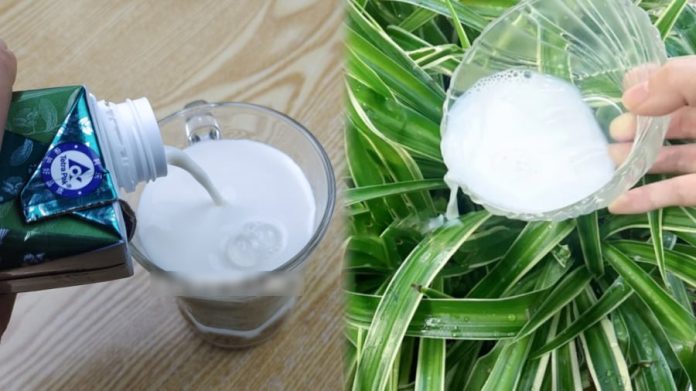
Creative Ways to Reuse Expired or Leftover Milk Instead of Throwing It Away
Fresh milk is a nutrient-rich product, especially high in calcium, which plays a crucial role in physical development and helps strengthen bones and joints. Many households have the habit of buying milk in bulk to store at home for daily use. However, it’s easy to overlook expiration dates or forget about opened cartons in the fridge. Once the milk expires or turns sour, most people simply pour it down the drain — but that’s actually a big waste.
Surprisingly, expired or leftover milk can still be repurposed in several useful ways around the house. Here are a few creative and practical ideas that not only help you save money but also reduce waste.
1. Nourish Your Plants and Flowers
Milk contains a variety of nutrients that can benefit plants, including calcium, protein, and natural sugars that promote healthy growth. It also helps retain moisture in the soil and can act as a mild antifungal treatment.
However, you should never pour expired milk directly into the soil, as the high fat and sugar content can attract pests and cause unpleasant odors. Instead, dilute the milk with water at a 1:1 ratio and pour the mixture into a spray bottle. You can lightly mist the leaves or pour the solution around the base of the plant. This allows the roots to absorb the nutrients gradually.
It’s best to use this treatment only once or twice a month — excessive use can encourage bacterial growth or mold formation. Also, remember to store the diluted mixture in the refrigerator and use it within a few days to prevent spoilage.
2. Gentle Skincare Treatment
While expired milk shouldn’t be consumed, slightly soured milk can still be beneficial for skincare. The lactic acid formed during the fermentation process helps exfoliate dead skin cells, soften rough areas, brighten dull skin, and improve hydration.
To make a nourishing mask, mix unsweetened, low-fat milk with natural ingredients like honey, oats, or avocado:
-
Milk and honey: Honey has antibacterial and moisturizing properties. When combined with milk, it helps leave your skin soft, smooth, and radiant.
-
Milk and oatmeal: This mixture gently exfoliates and cleanses the skin, removing dead cells and dirt buildup.
-
Milk and avocado: The healthy fats and vitamins in avocado nourish and deeply hydrate the skin, while milk enhances absorption and glow.
Apply the mixture to your face for 15–20 minutes, then rinse thoroughly with clean water. Use it 1–2 times per week for best results.
3. Restore Shine to Leather Shoes
Expired milk can be surprisingly effective in cleaning and softening leather shoes. Simply brush off any dust or dirt first, then dip a soft cloth into a small amount of milk and rub it gently onto the leather surface. Let it sit for a few minutes before wiping it off with a clean, dry cloth.
This method not only cleans but also moisturizes the leather, helping it regain its natural shine and flexibility. You can also apply this technique to other leather goods such as bags, belts, or wallets.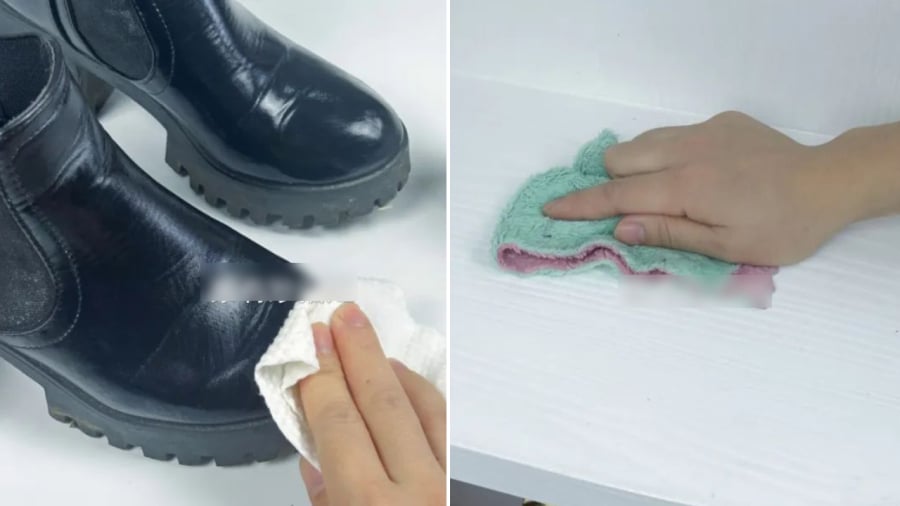
4. Polish and Clean Household Items
Over time, metal utensils such as spoons, knives, and scissors tend to lose their shine or even rust. To restore them, soak the items in expired milk mixed with a bit of lemon juice or vinegar for a few hours. The mild acids in the mixture help remove tarnish and stains naturally. After soaking, wash the utensils with clean water and dry them thoroughly — they’ll look almost brand new.
Fermented milk can also be used to clean wooden furniture, painted surfaces, and marble countertops. Simply dampen a cloth with the milk and gently wipe the surface. The natural fats and proteins in milk will leave the furniture looking polished and refreshed.
5. Remove Ink Stains from Clothing
Ink stains on fabric can be tricky, but milk offers a simple and natural solution. Pour some expired milk directly onto the stained area and rub it gently. Let it soak for a while — or overnight for tougher stains — then wash the garment with clean water. Repeat the process if needed.
This trick works especially well for cotton or linen fabrics, and it’s much safer than using harsh chemical stain removers.
Final Thoughts
Instead of throwing away expired or leftover milk, consider reusing it in one of these clever ways. Not only do these methods help reduce household waste, but they also make the most of milk’s natural nutrients and chemical properties.
By applying these simple tips, you can save money, protect the environment, and keep your home cleaner and greener — all while making sure nothing goes to waste.
News in the same category


Excess beer if thrown away is a waste

Don't think only beef is good for blood; 11 types of fruit rich in iron, regenerate blood; better than supplements
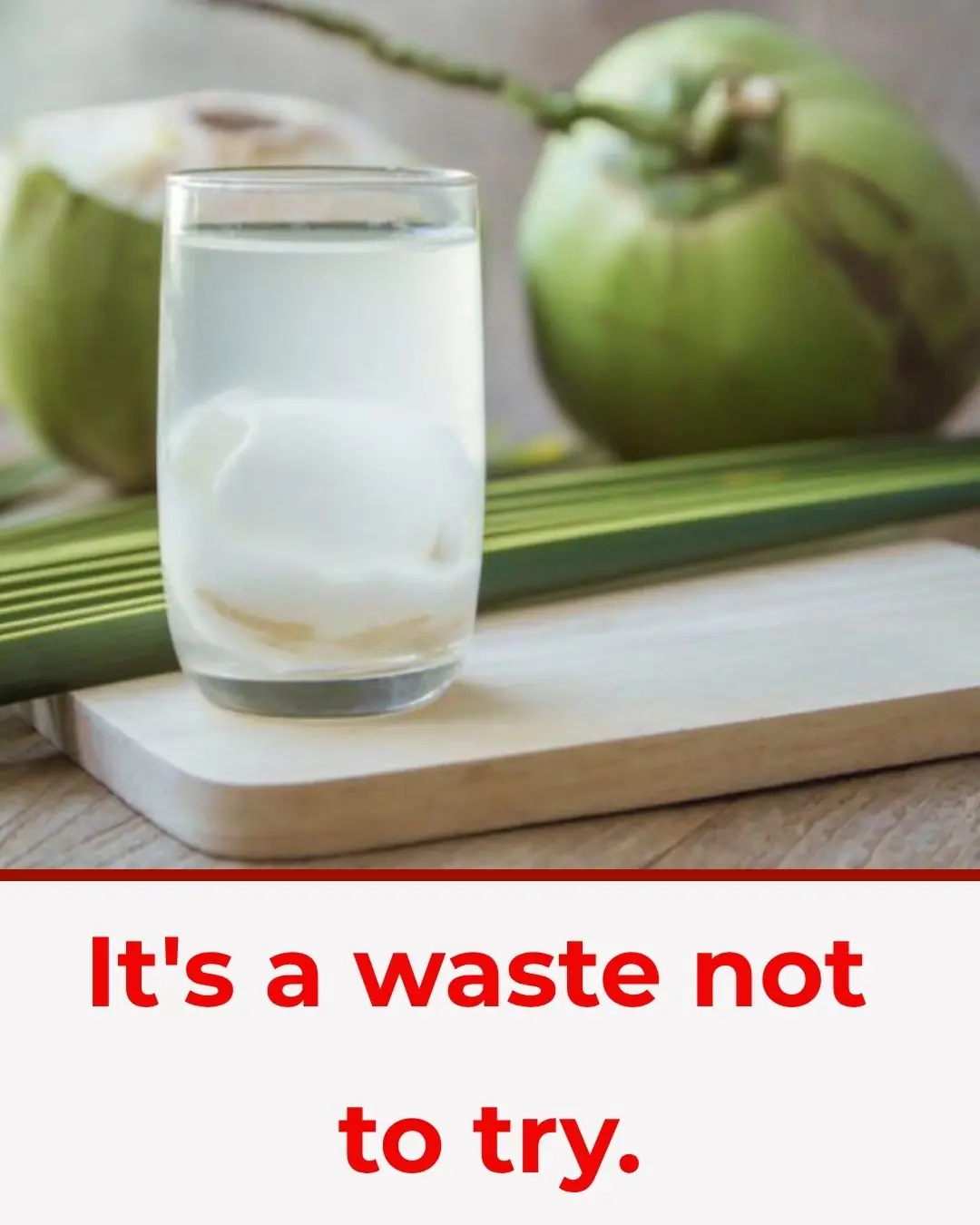
Drinking coconut water on an empty stomach for 7 days, one shot hits 10 targets: it's too wasteful not to try.

Simple way to repel cockroaches: Use only 1 ingredient available in the house

How to drink ginger and red apple tea to nourish blood, rosy skin, and good sleep

Put a drop of essential oil on clothes while soaking: "Special" use, not everyone knows how to apply it

How to make lemon syrup with a rice cooker to help treat coughs and nourish the lungs

Don't rush to put lemons in the fridge when you buy them. Do this so they stay fresh all year round and don't get bitter or spoiled.

Tips to unclog drains in 5 minutes, removing hair and dirt without calling a plumber

Most do this wrong. 10 ways you are organizing your garage wrong

Stop throwing out old plastic food containers. Here’s 10 brilliant hacks to use them around the house
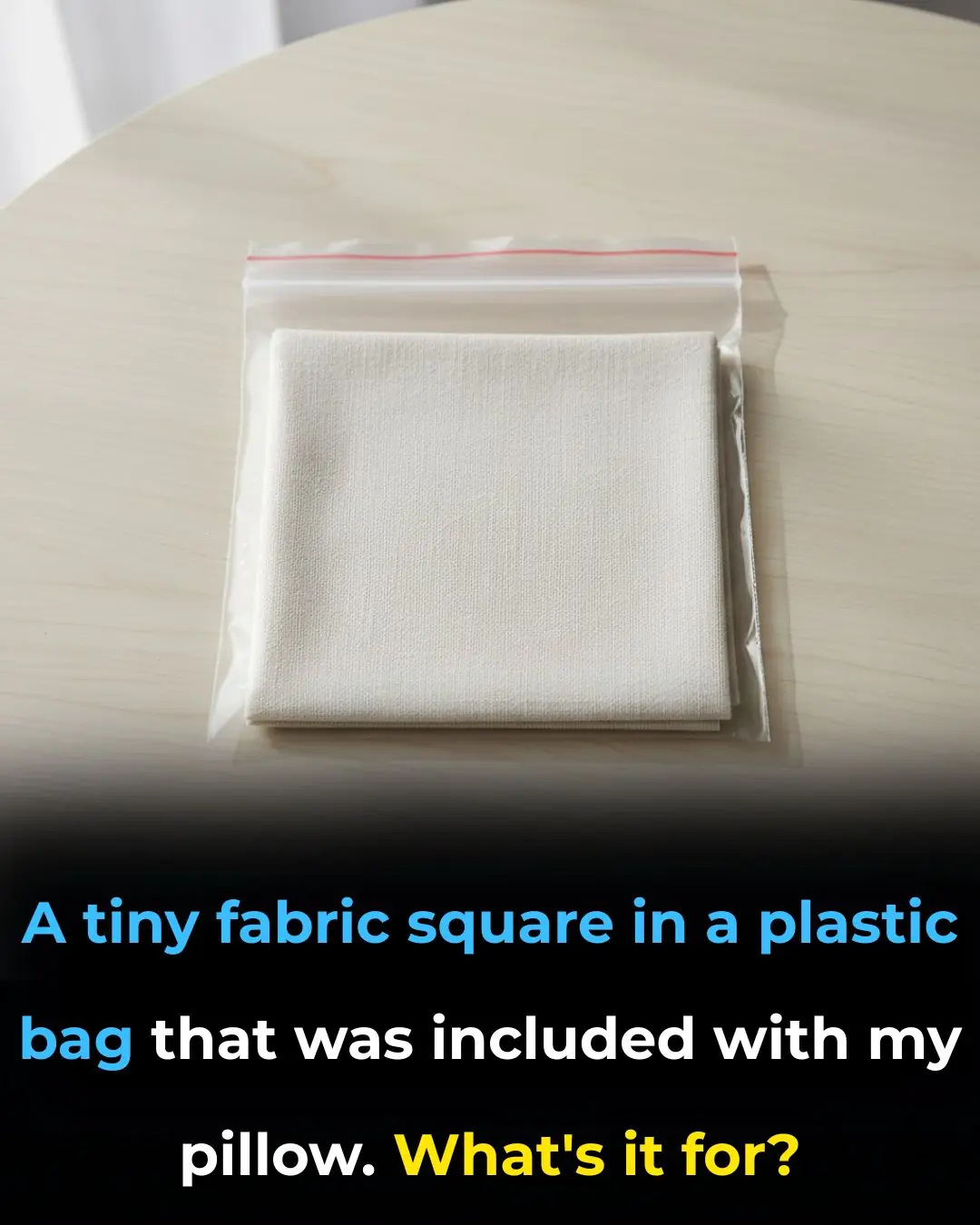
I had no idea

Most do this wrong. Here’s how often to clean gear in winter

Most do this wrong. Here’s how often to clean bedding in winter
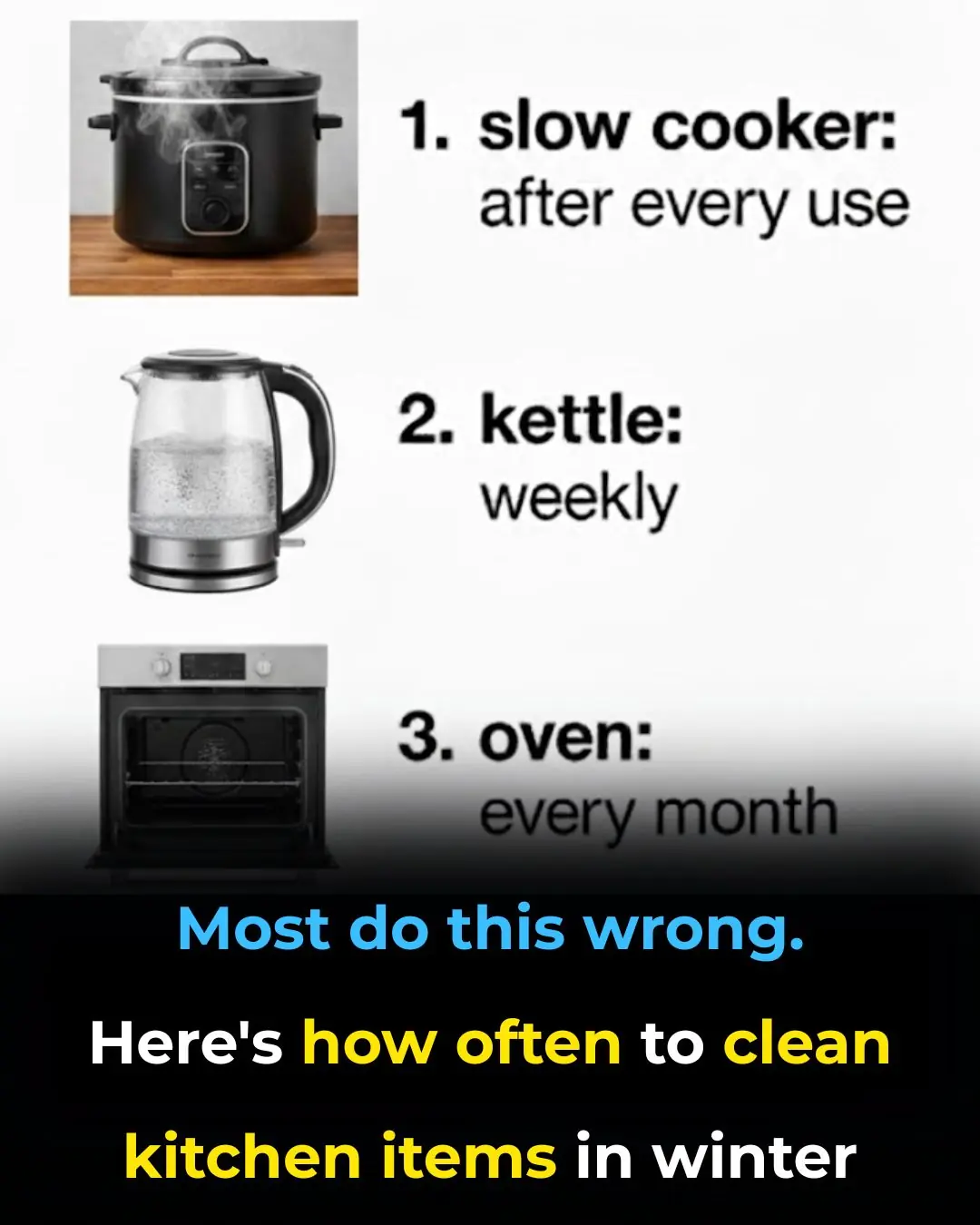
Most do this wrong. Here’s how often to clean kitchen items in winter

Most do this wrong. Here’s how often to clean appliances in winter

Most do this wrong. Here’s how often to refresh everything for winter

Stop freezing these 10 foods
News Post

Boil chicken without water, use vegetables and fruits to "cook", ensure to keep the sweetness and very fragrant

Excess beer if thrown away is a waste

Don't think only beef is good for blood; 11 types of fruit rich in iron, regenerate blood; better than supplements

Drinking coconut water on an empty stomach for 7 days, one shot hits 10 targets: it's too wasteful not to try.

Simple way to repel cockroaches: Use only 1 ingredient available in the house

How to drink ginger and red apple tea to nourish blood, rosy skin, and good sleep

Put a drop of essential oil on clothes while soaking: "Special" use, not everyone knows how to apply it

5 Early Signs of Poor Circulation (and How to Boost Blood Flow)

How Cancer Travels Through the Lymphatic System—and Ways to Keep It Strong

How to Make Alkaline Water to Fight Fatigue, Digestive Issues, and Disease

Your Legs Have a “Second Heart” — And One Simple Move Can Reactivate It Fast

How to make lemon syrup with a rice cooker to help treat coughs and nourish the lungs

Don't rush to put lemons in the fridge when you buy them. Do this so they stay fresh all year round and don't get bitter or spoiled.

Tips to unclog drains in 5 minutes, removing hair and dirt without calling a plumber
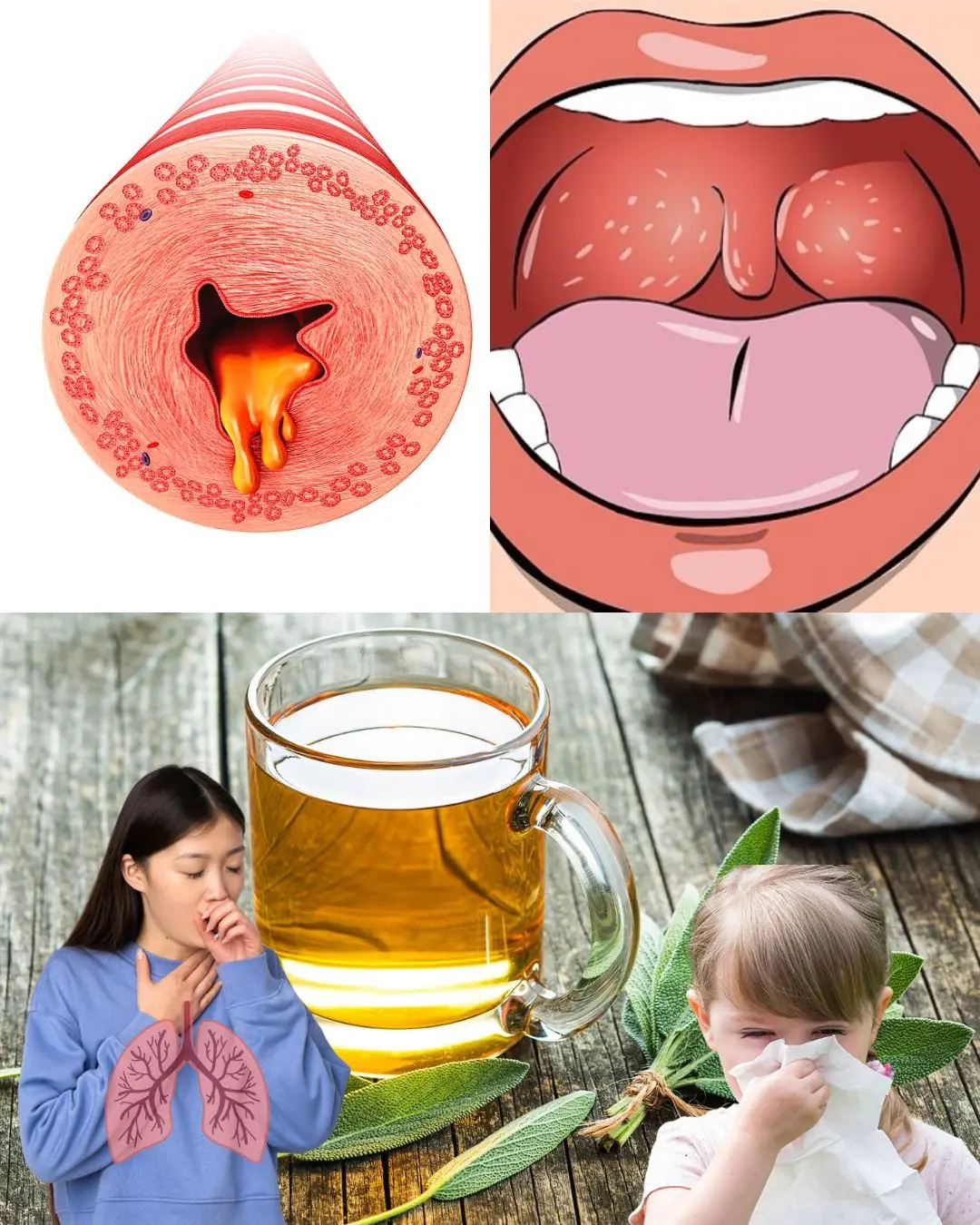
Ancient Herbal Remedy to Clear Mucus from Nose, Throat, and Lungs in Just 2 Days

Seniors: Take This for 5 Nights and See What Comes Out in Your Stool!

A neurosurgeon says your legs could predict dementia years before memory loss

Simple Homemade Cough Syrup Removes Phlegm From The Lungs
